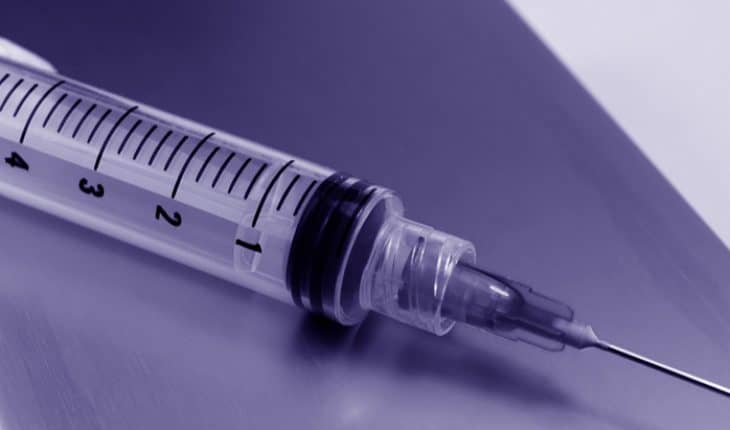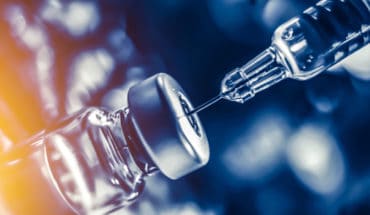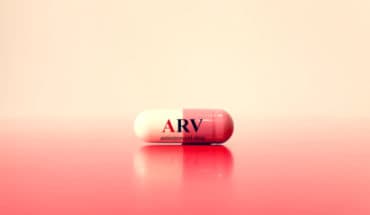It is approximately 10 years since we began our investigations into aluminium adjuvants and specifically their mode of action. We have reviewed the field in our new publication in Allergy, Asthma and Clinical Immunology and in particular in the light of what are known as serious adverse events immediately following vaccination.
What might be the cause of such events, ranging from health issues directly associated with the injection site to brain encephalopathy and death? Arguably, they are unrelated to the vaccine antigen, the reason for the vaccine, and aluminium adjuvants, unsurprisingly are recognised as prime suspects in initiating these events. I say, unsurprisingly, since there is no requirement to demonstrate that aluminium adjuvants are safe for human use. There is no approval mechanism. Only vaccines are approved for human use. There are two commonly used aluminium adjuvants, Alhydrogel® and AdjuPhos®, and a sulphated version of the latter, which is included in Gardasil, a vaccine against the human papilloma virus (HPV). To my knowledge, to date Merck has not given permission for independent study of its proprietary adjuvant.
Merck’s own safety’trial data suggest a frequency of adverse events for the vaccine of approximately 2.5% and similarly 2.5% for their ‘placebo group’ who received their proprietary adjuvant. So, even though 25000/1,000,000 perfectly healthy recipients become ill on receiving Gardasil it is safe since the same number become ill on only receiving the adjuvant alone. In a very small true control group where the placebo was reported as saline, there were zero (none) adverse events. This raises some serious questions about adjuvants themselves.
We know that aluminium adjuvants are toxic at the injection site, and this toxicity is essentially their mode of action, and evidence is burgeoning that this toxicity is also being manifested away from the injection site. New and important research on sheep and recently published in the journal Veterinary Pathology now provides direct evidence of the fate of aluminium adjuvants following sub-cutaneous injection. The research confirms the accumulation of aluminium adjuvant in lymph glands. However, it also shows that while lymph glands are a target destination for aluminium adjuvant for the whole vaccine this is not the case when only the aluminium adjuvant is injected. Essentially the handling by the body of aluminium adjuvant is different between whole vaccine and that which is mainly used as the control or placebo in vaccine safety trials. These seminal data for sheep raise new and important questions about how vaccine safety trials are conducted in humans and offer further insight into the role of aluminium adjuvants in serious adverse events following vaccination.
- Infant vaccines - 23rd April 2021
- Imagine you are an Aluminum Atom - 5th November 2020
- Aluminium in human brain tissue - 8th May 2020








It is good to see Professor Exley’s work published although for how much longer given the campaign the vaccine industry now wages against him?